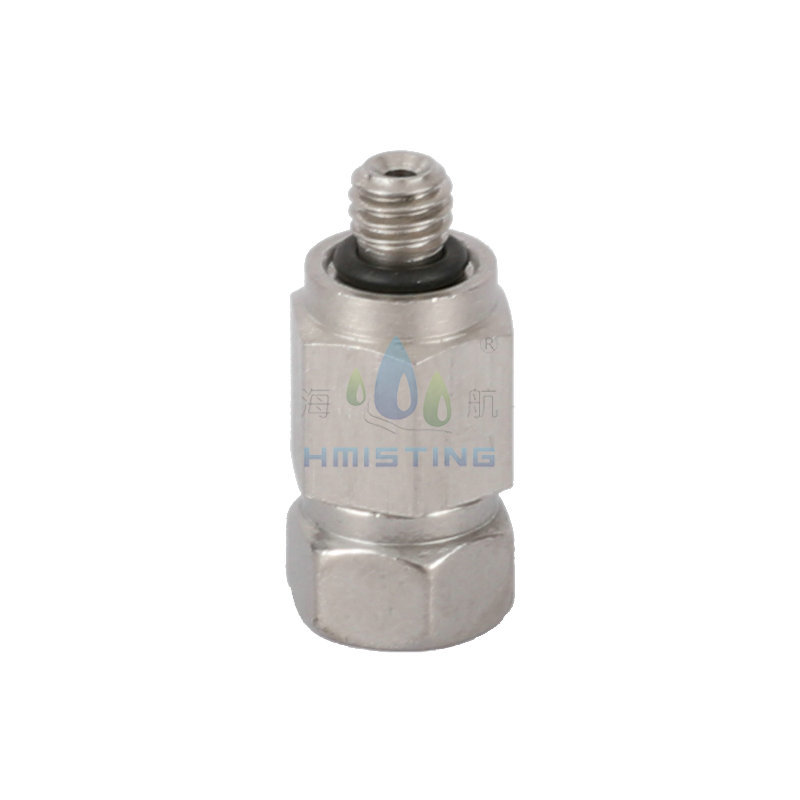Series knowledge of stainless steel ferrule joints and pipes
Time:
2022-11-23 13:52
In the process of tightening the ferrule nut for one and a quarter of a turn, the internal structure of the connector has successively carried out the lower design scheme.
1. According to the screw pedal push, the ferrule nut moves forward to promote the fitness of the rear ferrule, while the rear ferrule promotes the fitness of the front ferrule.
2. Press the front ferrule inward of the connector itself.
3. The tolerance between the nominal diameter and the pipe outer diameter of the stainless steel ferrule joint shall be removed.
4. With the implementation of the rear ferrule, the front ferrule is in a forward and inward position, and the back extends out, producing a sealing property with the slope of the connector itself.
5. With more deformation of the pipeline and the expansion of the contact area between the slope and the front ferrule, more friction resistance drives the rear ferrule to the inward position, thus creating a second stable support point on the pipeline.

6. When the stainless steel ferrule joint is tightened for one and a quarter of a turn, it moves forward 1/16inch (1.52mm), and the connector realizes the sealing property and holds the pipe tightly.
Production and manufacturing of stainless steel ferrule connector, stainless steel pressure regulating valve, nitrogen cylinder pressure regulating valve, gas manifold equipment, semi-automatic conversion equipment, stainless steel ferrule gate valve and other gas supply commodities, while undertaking gas supply engineering projects such as laboratory gas circuit assembly, laboratory centralized gas supply assembly, laboratory gas circuit renovation, N2 pipeline assembly, and gas cylinder centralized gas supply.
1. Basic knowledge of stainless steel ferrule connector and pipe product series
2. Basic raw materials of stainless steel
-The full name of stainless steel is stainless acid resistant steel, which is divided into stainless steel and acid resistant steel. It is called stainless steel to resist atmospheric corrosion and acid resistant steel to resist the corrosion of organic chemicals (such as strong alkali and strong acid).
-Stainless steel can be divided into austenite, austenite, metallographic structure, two-phase type and precipitation hardening type from the structural structure. There are two kinds of widely used stainless steel: austenite and austenite.
3. Alloy composition involved in stainless steel
-Heavy elements such as Cr, Ni and Mo are mainly added to stainless steel.
-Generally speaking, steels containing more than 12% magnesium have the characteristics of stainless steel.
4. Why does stainless steel not rust?
-The essence of stainless steel non rusting is that the stainless steel quickly forms a coating on the surface when exposed to gas, thus intercepting further air oxidation.
-This kind of coating is mainly composed of ferrochrome chemical (FeCr) 2O3. It has strong acid resistance and corrosion resistance.
5. General Main Uses of Stainless Steel Raw Materials
-Austenite is generally used to process parts and components. Common models:
-1Cr18Ni9(302)
-1Cr18Ni9Ti、
-Y1Cr18Ni9(303)
-0Cr19Ni9(304)
-0Cr17Ni12Mo2(316)
-00Cr17Ni14Mo2(316L)
-All are austenitic stainless steel.
Recommended information



